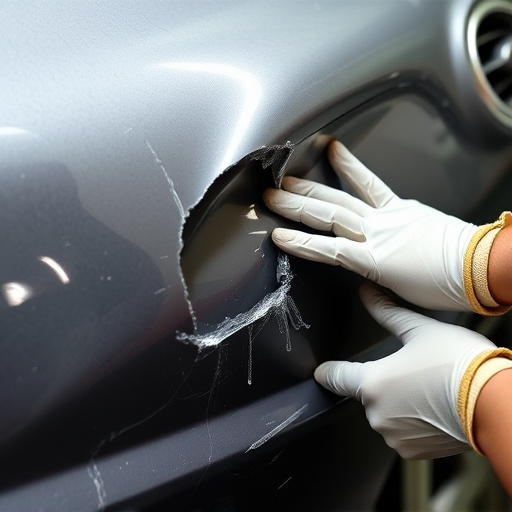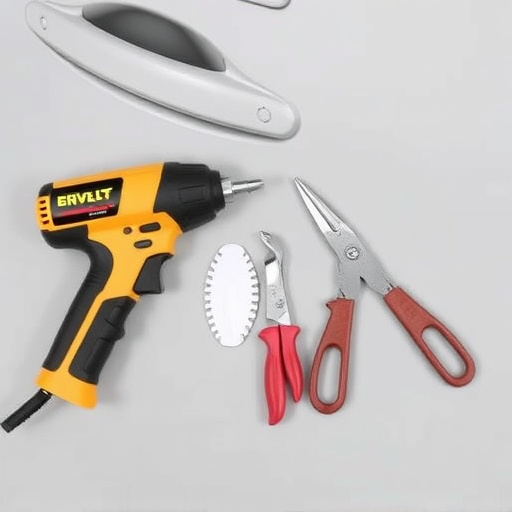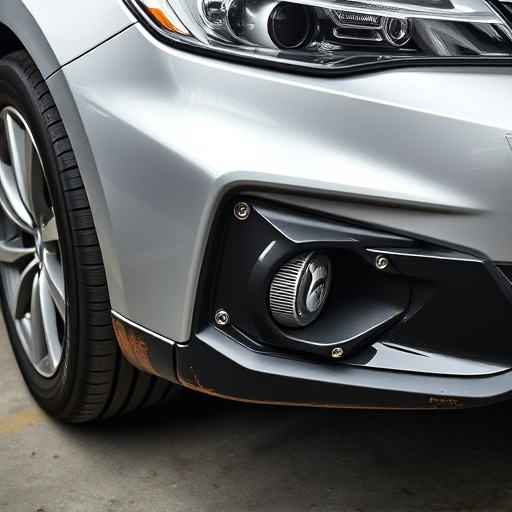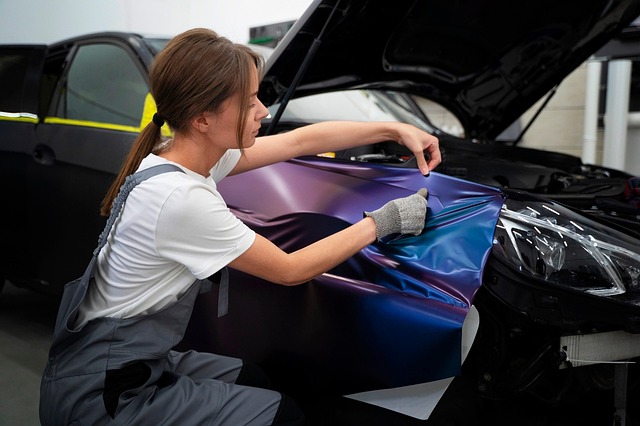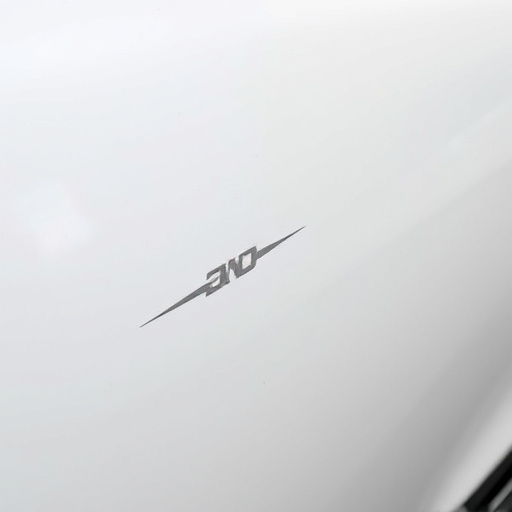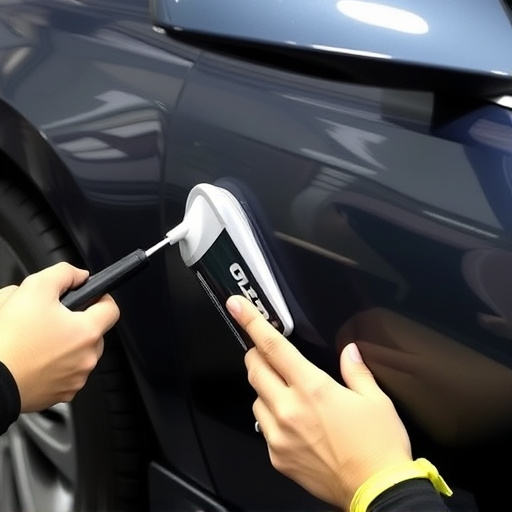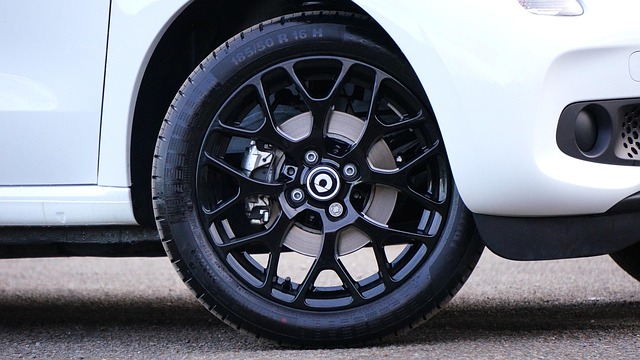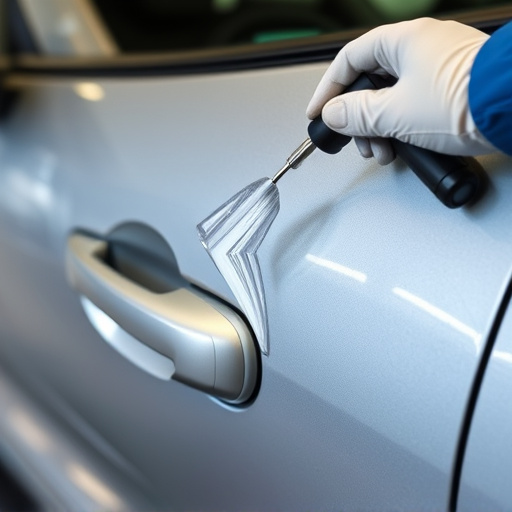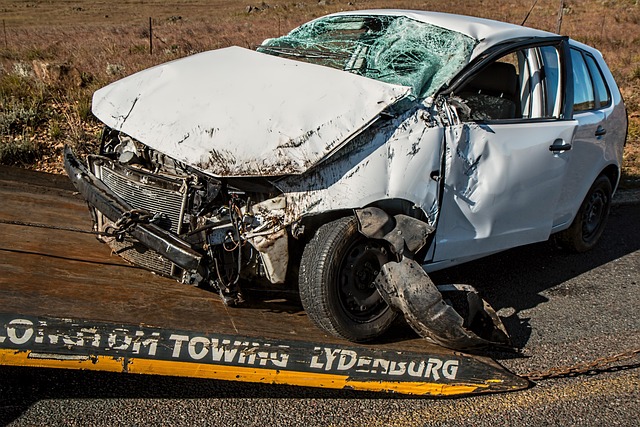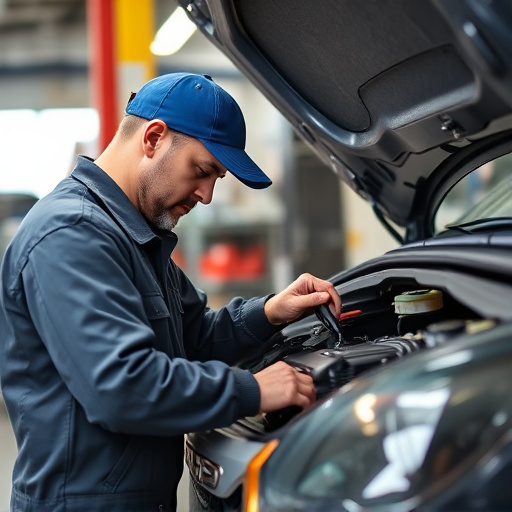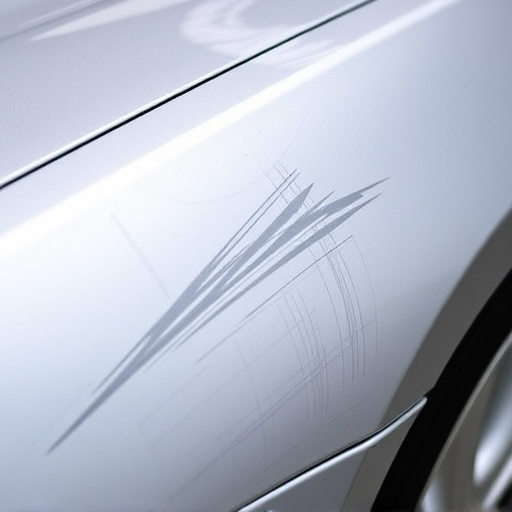A vehicle frame inspection report is a critical document evaluating a car's structural integrity, detailing components like chassis, suspension, and safety features for compliance with safety standards. Required globally under varying legal frameworks, these reports are essential for body shops, restoration specialists, insurance companies, and customers, offering a detailed record of damage, repairs, and replacements to support claims and deter fraud. Comprehensive reporting, including visible/hidden damage, rust/corrosion signs, and component condition, enhances clarity, builds trust, and enables informed decision-making regarding repair procedures.
In today’s world, ensuring the safety and integrity of vehicles is paramount. One crucial aspect often overlooked but critical for maintenance and regulatory compliance is the vehicle frame inspection. This article delves into the legal requirements surrounding vehicle frame inspection reports, exploring their significance and the regulations that govern them. We’ll break down key elements and best practices to ensure comprehensive and accurate reporting, vital steps in navigating the legal framework for vehicle inspections.
- Understanding Vehicle Frame Inspection Reports
- Legal Framework and Regulations Governing These Reports
- Key Elements and Best Practices for Comprehensive Frame Inspection Reports
Understanding Vehicle Frame Inspection Reports

A vehicle frame inspection report is a critical document that provides an in-depth evaluation of a car’s structural integrity, especially after accidents or during routine maintenance. These reports are essential for both customers and automotive professionals alike, offering a clear understanding of the vehicle’s condition. They detail the examination of various components, including the chassis, suspension systems, and safety features, to ensure they meet the necessary safety standards.
For vehicle body shops and car restoration specialists, these reports serve as a foundation for accurate repairs and restaurations. By thoroughly analyzing the frame inspection data, experts can identify damage, misalignments, or wear and tear, enabling them to make informed decisions during the reconstruction process. This meticulous documentation is also valuable for insurance companies, ensuring claims are settled fairly and providing transparency in the repair process, particularly in cases of extensive vehicle restoration.
Legal Framework and Regulations Governing These Reports
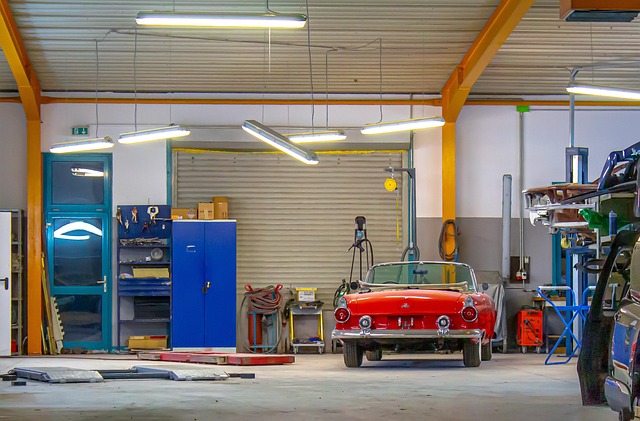
The legal framework surrounding vehicle frame inspection reports varies across jurisdictions but is generally designed to ensure safety and protect consumers in the automotive industry. These regulations are crucial for maintaining standards in auto body restoration, bumper repair, and car repair services. Each country or region has its own set of guidelines and standards that dictate what information must be included in a vehicle frame inspection report.
These reports play a pivotal role in documenting the condition of a vehicle’s frame, which is critical for ensuring structural integrity. They are often required before and after auto body restoration processes to verify any repairs made and ensure compliance with safety standards. The legal requirements mandate that these reports should be comprehensive, detailing any damage, repairs, and replacements conducted on the vehicle frame to facilitate accurate insurance claims and prevent fraudulent activities in car repair services.
Key Elements and Best Practices for Comprehensive Frame Inspection Reports

A comprehensive vehicle frame inspection report is an indispensable tool for both auto body shops and customers. It serves as a detailed record of the condition of a car’s frame, providing insights into any damage, previous repairs, and the overall structural integrity. When drafting such reports, attention to key elements is vital. These include a thorough description of all visible and hidden damage, noting any signs of rust or corrosion, and documenting the condition of critical components like joints, welds, and mounting points. Including photographs alongside textual explanations enhances clarity for both technicians and clients.
Best practices for these reports emphasize accuracy, consistency, and transparency. Using standardized formats ensures that information is easily comparable across different inspections. Additionally, clearly defining terms related to auto bodywork, such as “frame straightening” or “weld repair,” helps in communicating the extent of work performed. For instance, describing auto frame repairs as “minimal” or “extensive” offers a quick reference for customers to understand the level of attention required. This transparent approach builds trust and facilitates informed decision-making regarding subsequent automotive repair procedures, including auto frame repair or bodywork restoration.
Vehicle frame inspection reports are crucial documents that ensure road safety and compliance with legal standards. By understanding the key elements and best practices outlined in this article, automotive professionals can create comprehensive reports that meet legal requirements. Navigating the legal framework and staying informed about regulations is essential to maintaining a robust vehicle frame inspection process, ultimately fostering a safer driving environment.


